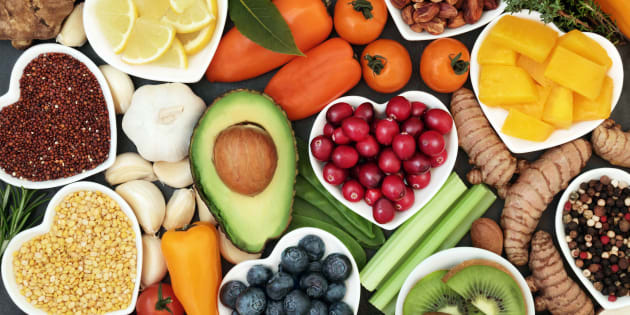3 Reason You Should Pay Attention To Food Labels
The old saying “You are what you eat” is truer than most people often realize. The nutrition profile of your food can play a significant role in your health and your energy levels. Reading nutrition labels can help you make sure that you’re eating foods that will properly fuel your body.
Evaluate the Calorie Count
One of the first things listed on a nutrition label is the number of calories that the food contains. Calories are a measure of how much energy a food will provide for your body. Although calories often have a bad reputation, you need to consume calories in order for your body to function. However, it’s important to keep your calorie consumption in check so you don’t take in more than you need.
When it comes to calorie counts, it’s essential that you pay attention to the serving size. The number of calories listed will be per serving. If a small package is considered two servings, then eating the whole thing will give you twice as many calories than you might have thought upon your first glance at the label.
Calories aren’t the only nutrient that you can easily consume too much of, so it’s also important to check the label for other best-in-moderation nutrients. These include sodium, sugar and fat. When it comes to fat, trans fat and saturated fat are especially problematic.
Keep an Eye Out for the Good Stuff
Reading food labels isn’t just about looking out for the bad stuff; it’s also about seeking foods that have positive nutritional value. When reading food labels, pay attention to the good nutrients that you can get from a serving of the food.
Fiber is a great example of a nutrient that you want your food to contain. You should take in no less than 25 grams of fiber daily. Protein is useful as well. Your body relies on protein for building tissue.
Near the bottom of the Nutrition Facts box, you’ll find information about whether the food will contribute to your daily needs for some important vitamins and minerals. For example, a serving might provide calcium, iron or vitamin C.
Find Out What It’s Made Of
The Nutrition Facts section at the top of a food label isn’t the only part to which you should pay attention. The ingredients list at the bottom is important as well. This list is organized in order; the items at the beginning of the list are the ones that are present in the greatest quantity. Look for fruits, vegetables, whole grains and other natural ingredients near the beginning of a list and sugar near the end.
One particular thing to look for on ingredient lists is artificial food coloring. Synthetic dyes may have names like Blue 1, Red 40 and FD&C Lakes, or the package may simply list “artificial color.” These chemical-based dyes are derived from petroleum. They have been linked to attention problems and some may be carcinogens, so it’s best to avoid these dyes.
Organic food coloring can be a healthier alternative. You can feel better about consuming organic food coloring because it is made from natural, plant-based ingredients.
Learning to read food labels can help you improve your overall health. Eating foods with the right ingredients will give your body the essential nutrition it needs.
